Your cart is currently empty!
Calla Ventura: Exploring the Beauty and Elegance of the Arum Lily
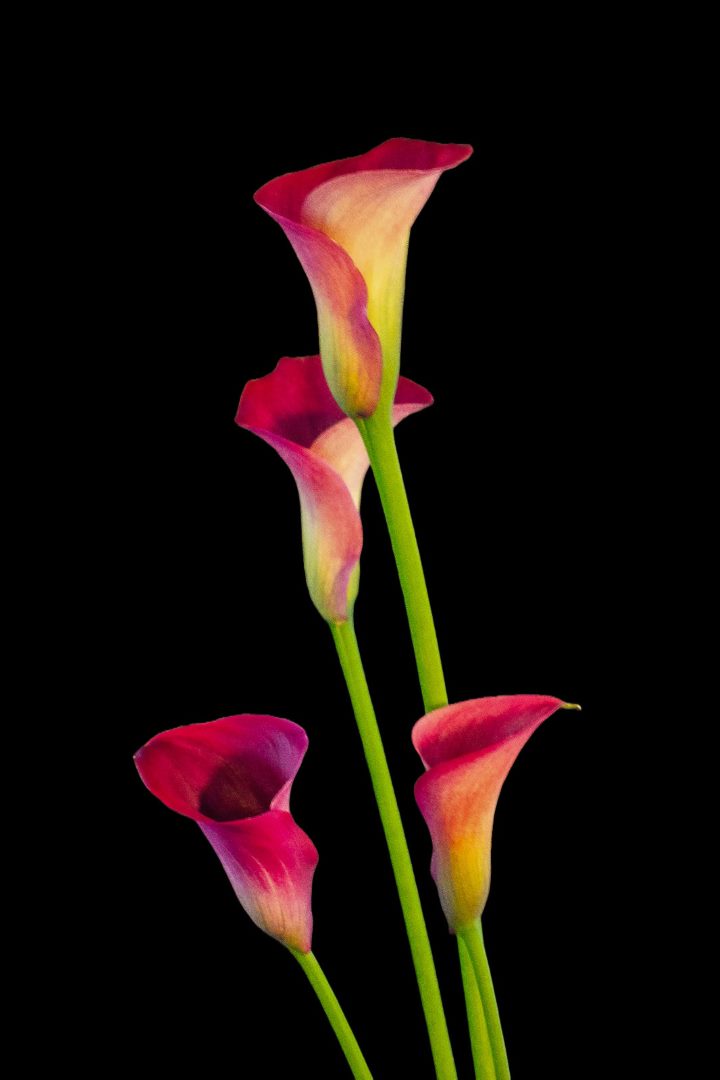
Introduction
Calla Ventura, commonly known as the arum lily, is a captivating flower that exudes elegance and beauty. With its distinctive funnel-shaped blooms and glossy, arrowhead-shaped leaves, Calla Ventura has become a popular choice for gardens, floral arrangements, and special occasions. This comprehensive guide will delve into the captivating world of Calla Ventura, exploring its botanical characteristics, cultivation techniques, and symbolic meanings.
Botanical Description
Genus and Species:
Calla Ventura belongs to the genus Zantedeschia, which comprises eight species of flowering plants. The species used for cultivation as Calla Ventura is Zantedeschia aethiopica, native to southern Africa.
Morphology:
Calla Ventura is an herbaceous perennial plant characterized by:
- Flowers: White, funnel-shaped blooms with a prominent spadix (central spike) surrounded by a spathe (modified leaf).
- Leaves: Large, arrowhead-shaped leaves with smooth margins and a glossy texture.
- Stems: Upright, stout stems that support the flowers and leaves.
- Rhizomes: Underground stems that store nutrients and produce new plants.
Cultivation and Care
Climate and Soil:
Calla Ventura thrives in USDA hardiness zones 8-11. It prefers well-drained, moist soil with plenty of organic matter.
Planting:
Plant rhizomes in spring or fall, placing them approximately 4-6 inches deep and 12 inches apart. Plant the rhizomes horizontally with the pointed end facing up.
Watering:
Water regularly, especially during dry periods. Keep the soil moist but avoid overwatering, as this can lead to root rot.
Fertilizing:
Fertilize monthly with a balanced fertilizer during the growing season.
Dormancy:
Calla Ventura goes dormant during the winter in colder climates. Allow the foliage to die back naturally and reduce watering. Bring potted plants indoors or store them in a cool, dark place.
Varieties of Calla Ventura
There are numerous varieties of Calla Ventura available, each with unique characteristics.
| Variety | Bloom Color | Height |
|---|---|---|
| ‘Green Goddess’ | Green | 18-24 inches |
| ‘Little Gem’ | Orange | 12-18 inches |
| ‘Rose Glow’ | Pink | 24-36 inches |
| ‘Picasso’ | Bicolored (pink and white) | 18-24 inches |
| ‘Sunset’ | Yellow | 12-18 inches |
Uses of Calla Ventura
Ornamental:
Calla Ventura is an exquisite ornamental plant, commonly used in gardens, borders, and containers. Its elegant blooms and glossy leaves make it a standout feature in any landscape.
Floral Arrangements:
The graceful blooms of Calla Ventura are often featured in floral arrangements. Their long, elegant stems make them ideal for bouquets and centerpieces.
Wedding Flowers:
Calla Ventura is a popular choice for wedding flowers due to its classic beauty and symbolism. Its white blooms represent purity and innocence, making them perfect for brides.
Medicinal and Spiritual Uses
Medicinal Uses:
Traditionally, Calla Ventura has been used for medicinal purposes in various cultures. It contains compounds with antifungal, antibacterial, and antiviral properties. However, it’s important to note that the plant is toxic and should not be consumed internally without proper guidance.
Spiritual Symbolism:
Calla Ventura holds symbolic meanings in different cultures. In ancient Egypt, it represented protection and rebirth. In Celtic traditions, it was associated with eloquence and self-expression.
Conclusion
Calla Ventura, with its captivating beauty and versatility, has earned its place as a beloved ornamental plant and a symbol of elegance and purity. By understanding its botanical characteristics, cultivation techniques, and uses, you can cultivate and appreciate this stunning flower in your garden and home for years to come. Whether you admire it in a floral arrangement, witness its vibrant blooms in a landscape, or uncover its medicinal and spiritual significance, Calla Ventura continues to enchant and inspire all who encounter it.



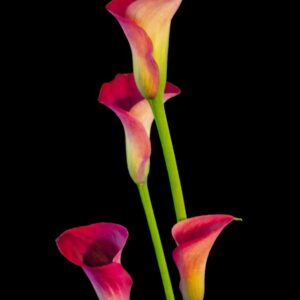
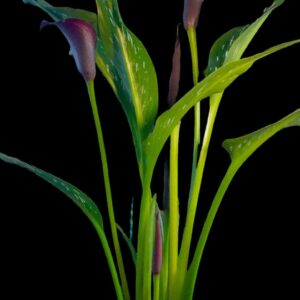
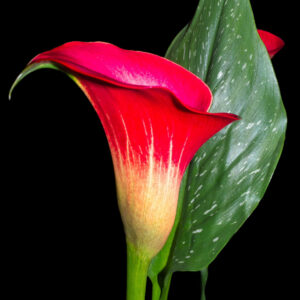
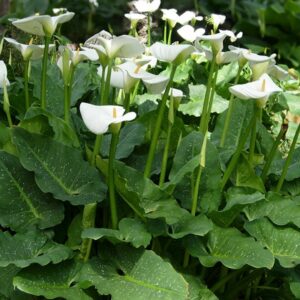
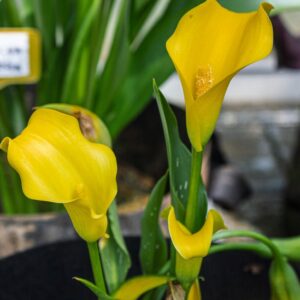
Leave a Reply